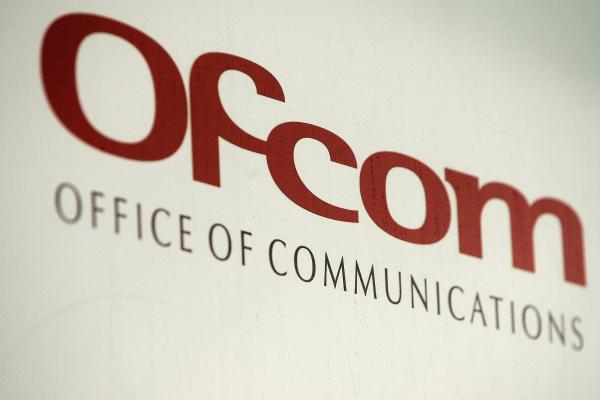Written by Martyn Warwick for TelecomTV

- Little scope left to make transmitters and receivers yet more efficient
- Global research underway to find a future-proof alternative
- 6G apps will need data rates up to 50 times higher than 5G
- Is the solution ‘metamaterials’ that can bend and redirect wireless beams?
With 5G at last gaining commercial traction and the debate about 6G now looking at what it might actually offer in practice (rather than just in theory) attention is turning towards how the industry can ensure that 6G, unlike some other allegedly transformational technologies, isn’t a triumph of hype over reality.
Hitherto, scientists and engineers have spent decades developing ever more efficient transmitters and receivers and working out ways to mitigate the apparently inevitable signal loss at the end points of a radio channel as they turned to higher and higher frequencies to obviate bandwidth congestion. They have done brilliantly, but it is evident that we are reaching the point where transmitters and receivers are as efficient as physically possible, so the focus is now on engineering the wireless channel itself.
One of the potentially most viable approaches to 6G infrastructure is the use of reconfigurable intelligent surfaces (RIS) technology. This is an artificial planar structure – that is to say, lying in a plane, and thus, by definition, two-dimensional – with integrated electronic circuits that can be programmed dynamically to reflect, refract and manipulate incoming electromagnetic fields. RIS elements come in sizes ranging from about 100 square centimetres up to about 5 square metres or even bigger, and cost a good deal less than traditional cellular antennas. What’s more, RIS products are, to all intents and purposes, passive, which means they don’t need amplifiers to boost the signal and so can be powered with a simple battery and a small solar panel.
The debate and technological advances in RIS are being covered in IEEE Spectrum, the magazine edited by the Institute of Electrical and Electronics Engineers (IEEE), as well as in the Proceedings of the IEEE. The IEEE also recently published a comprehensive 32-page paper on the subject, entitled Reconfigurable intelligent surfaces for wireless communications: Overview of hardware designs, channel models, and estimation techniques and authored by a research team comprising Mengnan Jian, George C. Alexandropoulos, Ertugrul Basar, Chongwen Huang, Ruin Liu, Yuanwei Liu, and Chau Yuen.









